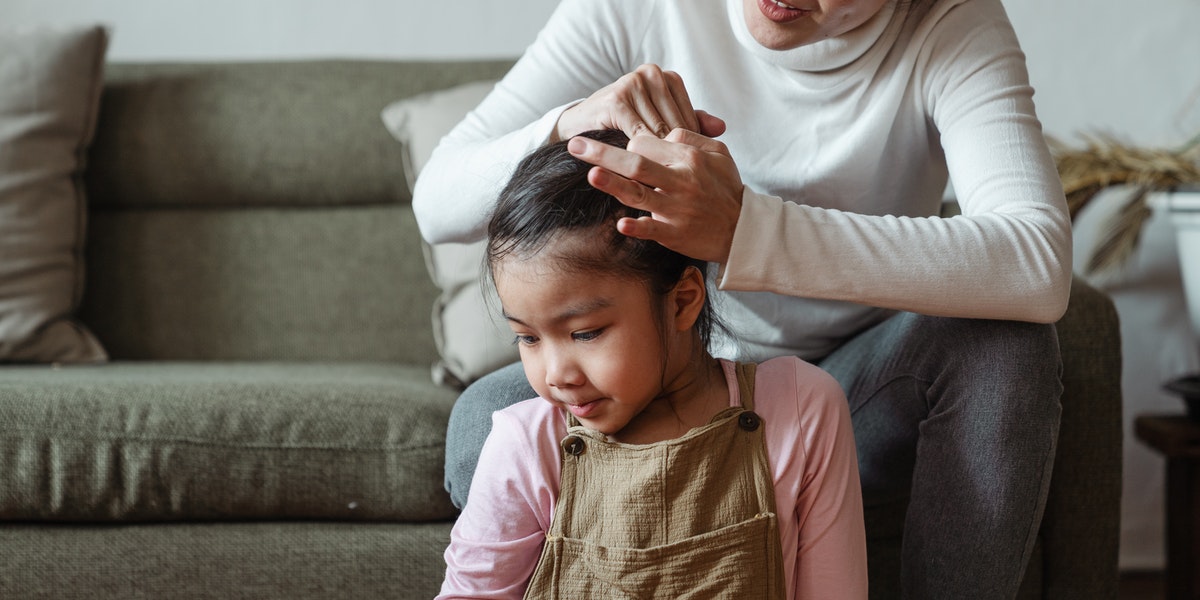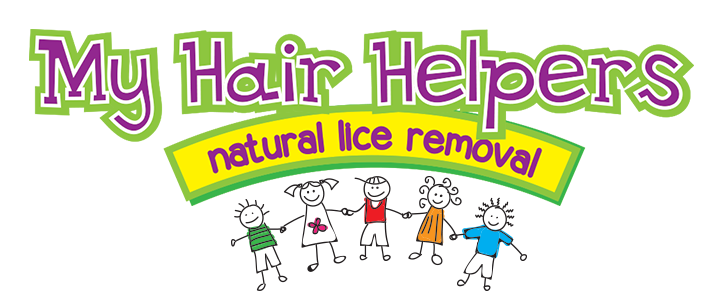One of the biggest misconceptions about head lice is that they can transmit disease to humans. But you will be happy to know that this is NOT true – at least for lice that live on the head. The Centers for Disease Control and Prevention state that head lice are not known to transmit any disease, and therefore, are not considered a health hazard.
Head lice are annoying – we’ll give you that! They can cause itching and loss of sleep, and sometimes, this can lead to a secondary skin infection. But aside from this, lice are nothing to obsess over. They will not make you or anyone else in the home sick.
Why Do People Think Head Lice Spread Bacteria?
It’s no surprise why head lice have the reputation they do. They are often confused with body lice, which are also tiny insects about the size of a sesame seed. Body lice live in your clothing and bedding and travel to your skin several times a day to suck blood. The most common places they feed are the shoulders, neck, armpits, waist and groin.
Body lice are most commonly found in crowded, unhygienic places like homeless shelters and refugee camps. They can spread from person to person through clothes and bedding. Unlike head lice, however, body lice can transmit disease to humans, including typhus, relapsing fever and trench fever. These diseases remain a public health concern.
Head Lice: Annoying But Not Worrisome
It’s understandable why people confuse body lice with head lice. While they do share many similarities, they are also very different from each other. Here are a few facts to keep in mind about head lice:
- Head lice are not found in poor-hygiene conditions like body lice are. Lice can happen to anyone, and they do not have a preference for “dirty” hair.
- Head lice are a nuisance but treatable with the right ingredients such as dimethicone lice oil. Body lice often require stronger ingredients, daily bathing/showering and washing all clothing and bedding in hot water.
- Head lice do not transmit disease to humans. Body lice, on the hand, can transmit serious diseases and are a health concern for certain populations.
All in all, there are over 5,000 species of head lice. Among these, humans are the preferred host for head lice and body lice. However, the two are very different from one another. Louse infestations have been present for thousands of years and still affect millions of people. Thankfully, we know a lot about both types of lice and how to identify and treat them.
Treat Head Lice with My Hair Helpers
My Hair Helpers offers a full line of nontoxic lice treatments for kids and adults of all ages. Shop our products on our website or on Amazon. And if you live locally in southern California, request an appointment in our salon or at your home. All products are made from safe, nontoxic ingredients that are guaranteed to work!


